Mint errors coins
Brockage
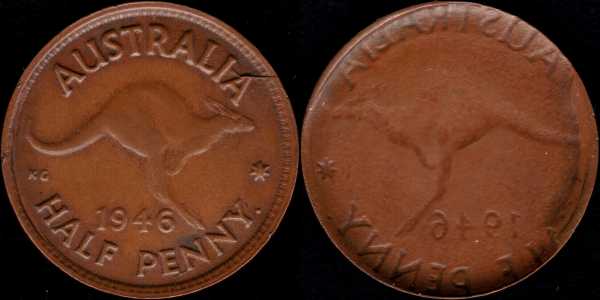
It is not obvious from the picture but the image on the right is of a hollow face.
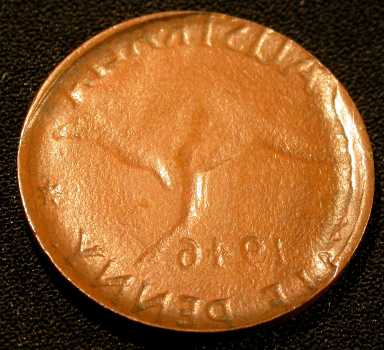
Just to make things a bit clearer, here is a picture of the 1946 halfpenny brockage taken at a bit of an angle. That the brockage face is incuse can be seen clearly in this picture.
Mistrike
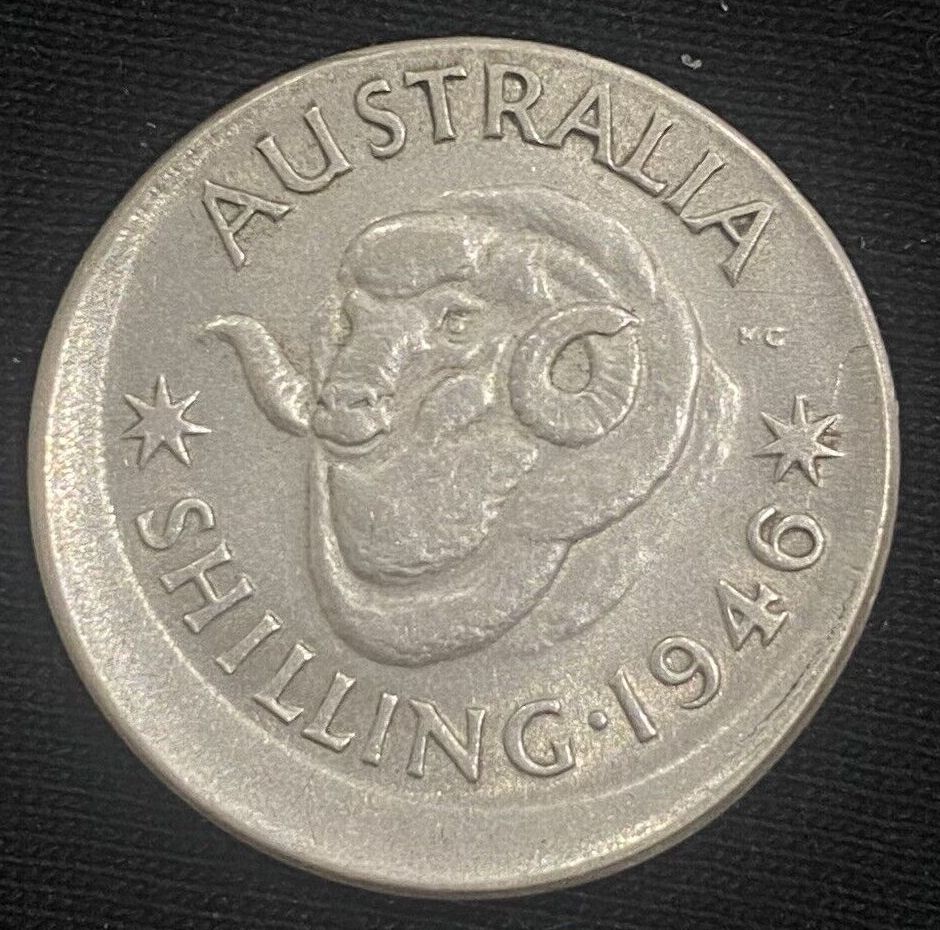
A typical mistrike. The planchet has not engaged properly in the collar and so is struck off-centre. A fairly common error.
Cud
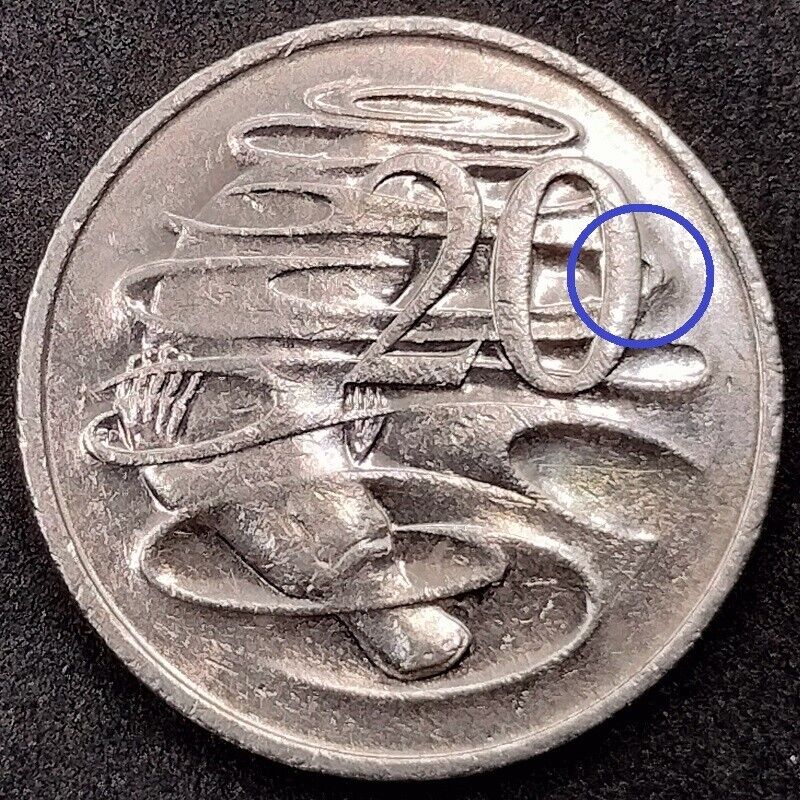
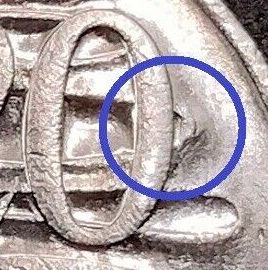
A cud is formed when a die crack becomes so severe that a piece of the die breaks away.
Clashed dies
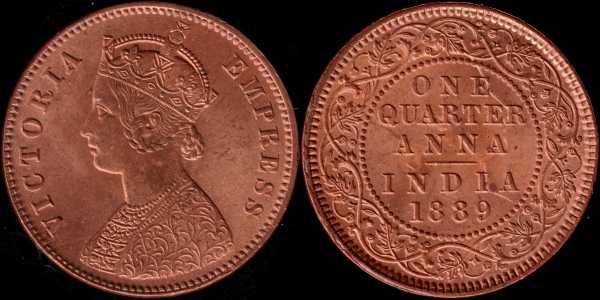
If a blank fails to feed into the press, the hammer and anvil dies may come into direct contact with each other. In such a case the harder die will leave an impression on the softer one. In this example from India, a mirror image of Victoria can be seen on the reverse side of the coin.
Clipped planchet
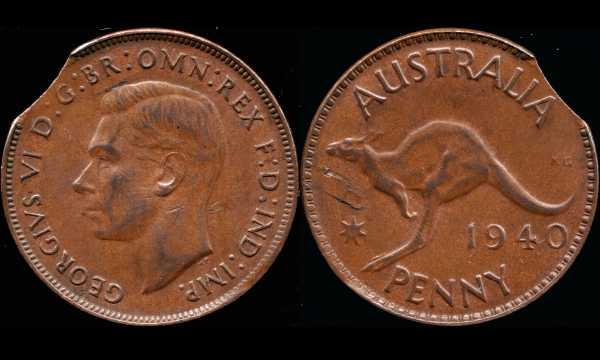
A so-called "clipped planchet" error caused by a feed slippage in the blanking press. There are several features which distinguish the genuine error from a post-strike fabrication.
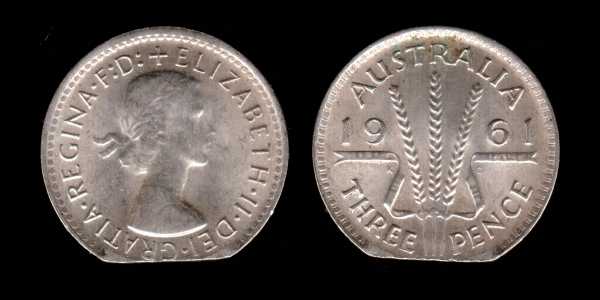
A variation of the so-called "clipped planchet" error. This one was caused by a misalignment of the metal strip in the the blanking press such that the blank was punched from the edge of the strip.
More information about clipped error.
Double strike
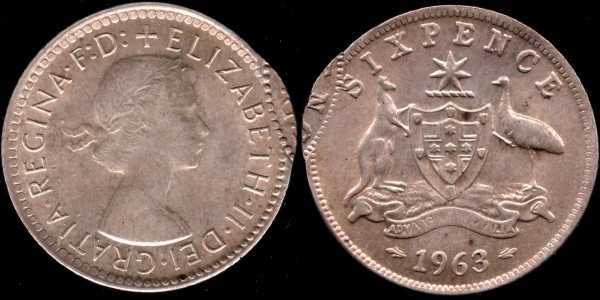
This coin was not fully ejected after it was struck and remained partly within the reach of the dies whereupon it subsequently received a second blow. This error is quite rare in Australian Commonwealth coinage.
Mule
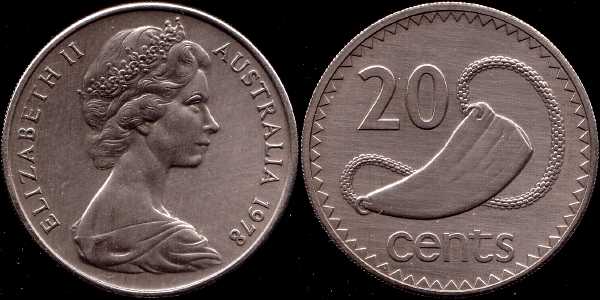
Occasionally, dies get mixed up. Here we have an example of a Fijian 20c coin struck with an Australian obverse. This sort of mismatch is called a "mule".
Wrong planchet
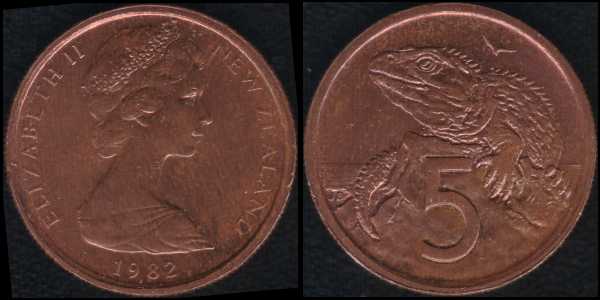
Sometimes a coin is struck on a planchet intended for a different coin. In this example, a New Zealand 5c coin was struck on a 1c planchet. The coin weighs 2.50 g which is consistent with the 1c. A normal NZ 5c coin weighs 2.83 g.
Other Australian coins errors

